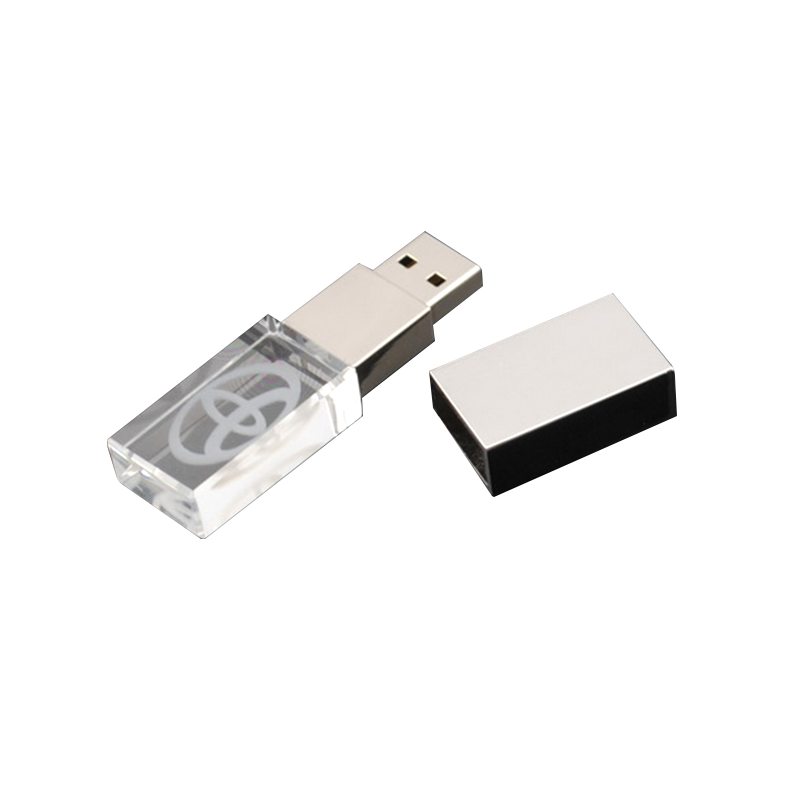In today’s fast-paced digital world, data reliability is as important as speed. While USB Flash Drive 3.0 is widely recognized for its faster transfer rates, users increasingly seek assurance on stability, especially for frequent or long-term usage. For USB Flash Drive 3.0 suppliers, offering not only performance but also durable and dependable operation has become essential. This article focuses on evaluating how stable these devices are during sustained usage, heavy workloads, and varying environments.

Hardware Build Quality and Component Selection
The foundation of any stable USB flash drive lies in its internal hardware. Reliable USB Flash Drive 3.0 suppliers typically use high-grade NAND flash memory and advanced controllers to ensure consistent performance. Inferior components are more likely to fail under stress, causing data loss or device malfunction. Suppliers who emphasize rigorous quality control during manufacturing and sourcing phases tend to deliver drives that perform consistently across a range of conditions.
Firmware Optimization and Data Integrity
Stability is not just a matter of physical build—it also heavily depends on the firmware embedded in the device. Efficient error correction, wear leveling, and bad block management are critical to maintaining performance over time. USB Flash Drive 3.0 suppliers that invest in robust firmware development help prevent common problems such as read/write errors, slowdowns, or corruption after repeated use. Such intelligent firmware features allow the device to adapt to aging flash cells without compromising user data.
Heat Management During Extended Operation
During large file transfers or prolonged usage, heat generation can affect a USB drive's stability. High temperatures can degrade internal components or even cause temporary malfunctions. Well-designed USB Flash Drive 3.0 models often incorporate metal casings for better heat dissipation or thermal throttling features to regulate speed and temperature. Suppliers who test their devices under thermal stress scenarios are more likely to deliver drives that remain stable under real-world workloads.
Compatibility and Plug-and-Play Reliability
Another aspect of stability is how reliably a USB Flash Drive 3.0 can connect to a variety of devices without driver conflicts, disconnections, or system errors. Top-tier USB Flash Drive 3.0 suppliers ensure seamless plug-and-play experiences across Windows, macOS, Linux, and even Android OTG environments. Poorly engineered drives may disconnect randomly, fail to mount, or become unreadable after repeated use, especially when frequently switched between systems.
Long-Term Usage and Data Retention
Stability also involves how well the device maintains stored data over time. Even when not in active use, high-quality USB Flash Drive 3.0 devices are expected to retain data integrity for years. Suppliers offering industrial-grade or enterprise-level solutions often provide higher endurance ratings and longer retention periods, which is especially important for professionals who archive data on flash drives.
Conclusion: Trusted USB Flash Drive 3.0 Suppliers Prioritize Stability Alongside Speed and Capacity
While performance and capacity are the promoted features, long-term stability remains a critical aspect that discerning users evaluate. Products from experienced and reputable USB Flash Drive 3.0 suppliers often stand out due to their use of premium components, well-engineered firmware, and effective thermal management. For those who rely on flash drives not just for convenience but also for mission-critical data tasks, choosing a supplier known for reliability is a smart investment in both performance and peace of mind.
 EN
EN CN
CN ES
ES RU
RU







